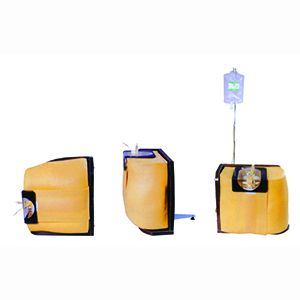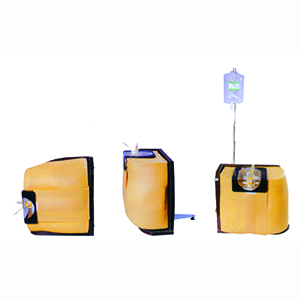ADA MED SUPPLY LIMITED
Phone:+86 19937901373
Tel:+86-0379-65160607
Email:adaanatomy@adaanatomy.com

Article tag: Spinal tap model. Medical care model

In the medical field, spinal tap is a highly technical and risky operation, which requires the professional skills and practical experience of the medical staff. The traditional way of medical training often focuses on the teaching of theoretical knowledge, but lacks the opportunity of practical operation, resulting in medical staff may feel powerless in the face of real patients. However, with the continuous progress of medical technology and the continuous innovation of teaching concepts, spinal tap model, as an advanced teaching tool, is gradually playing an increasingly important role in medical training.
With its highly simulated characteristics, it provides a close to real operating environment for medical personnel. These models are not only similar to the real human spine structure in appearance, but also achieve a high degree of simulation in internal structure, bone density, soft tissue distribution and so on. When practicing with these models, healthcare professionals are able to feel similar touch and feedback to the real operation, so that they can better understand and master the key steps and techniques of spinal tap.

More importantly, the application makes the medical training closer to the actual combat. The traditional way of training often focuses on the imparting of theoretical knowledge, but lacks the opportunity of practical operation. The spinal tap model allows medical staff to practice in a simulated real combat environment, so as to better adapt to the needs of future clinical work. This practical training method not only improves the operational skills of medical staff, but also enhances their resilience and self-confidence.
In addition, repeatability and safety. Compared with real patients, the model can be used repeatedly without causing harm to patients due to operational errors. This security not only protects the enthusiasm of the medical staff to practice, but also allows them to practice repeatedly without worry until they have mastered the skill. At the same time, the repeatability of the model also enables the medical staff to continuously consolidate and improve their operational level in multiple exercises.
To sum up, the spinal tap model has indeed brought revolutionary changes to medical training with its characteristics of high simulation, practical practice, repeatability and safety. It not only allows medical staff to practice in a simulated actual combat environment, improve their operational skills and resilience, but also lays a solid foundation for the smooth development of future clinical work.